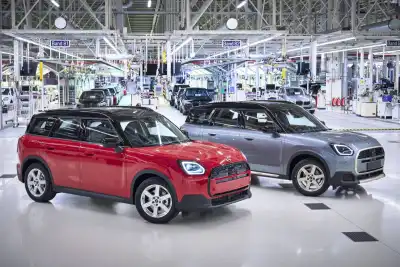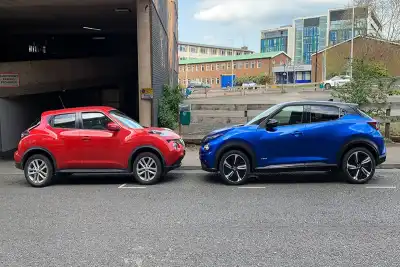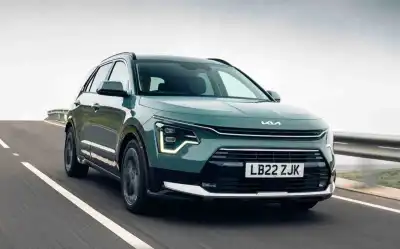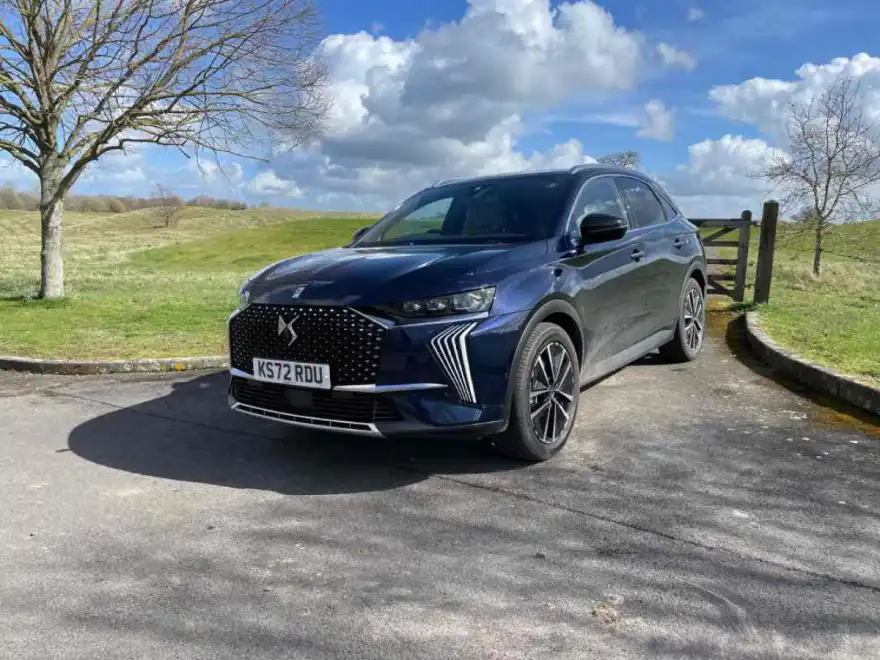
Intro
There’s no denying the nation is SUV-mad – we can’t get enough of the upright family cars that are big on space and still fun to drive. Two of the big hitters these days that don’t charge extortionate prices for their models are the Lexus NX and the DS 7, both of which have recently undergone a refresh that introduced design tweaks and upgraded equipment levels.
Lexus is the luxury arm of the Toyota brand, while DS was seen as the posh branch of Citroen until it became an independent stand-alone brand in 2014.
Both carmakers aim to challenge the premium marques by offering comparable luxury with a lower price-tag.
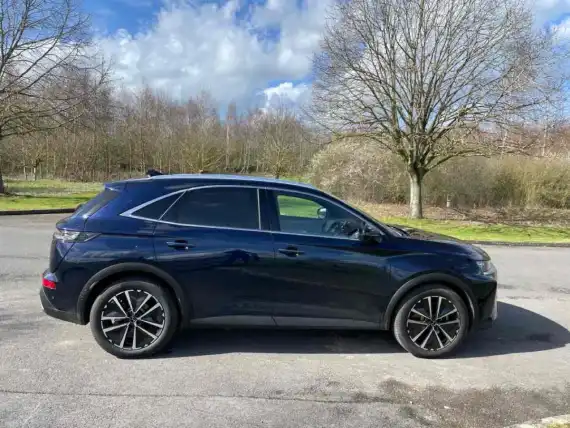
The Lexus NX is the best-selling model for the Japanese carmaker in the UK and since its launch back in 2014, it has sold 27,000 models here. The second-generation car was launched in 2021 boasting 95 per cent new parts. So not a mild facelift then.
The car is available with self-charging hybrid technology called the NX 350h or the NX 450h which is the company’s first plug-in hybrid electric vehicle.
Customers can choose from trim levels called NX Premium Pack, NX Premium Pack Plus, F Sport, F Sport Takumi Pack and range-topping Takumi. There is also the option of choosing E-FOUR which is the Lexus all-wheel drive set-up.
All models are generously equipped with the latest on-board technology so expect to see a 14-inch high-definition touchscreen, along with a Mark Levinson sound system, full smartphone connectivity, a 10-inch head-up display and the ‘Hey Lexus’ personal assistant that can help with tasks such as plotting sat nav routes, adjusting the temperature or changing the radio station.
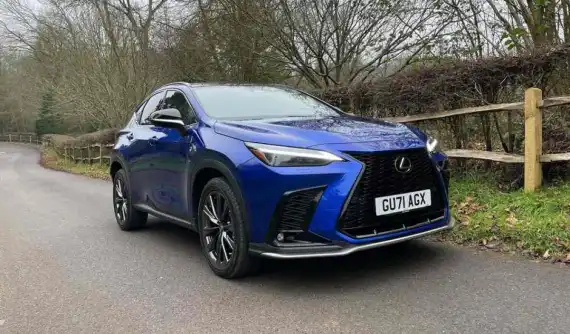
Rivalling the Lexus NX is the DS 7 which has recently undergone a mid-life facelift with a redesigned front end that looks more distinctive. There is a new-look grille and upgraded Pixel LED headlights, 3D rear lights and a new tailgate. The car looks wider thanks to a gloss black connecting strip between the rear lights.
The interior is beautifully crafted and there is a wealth of high-end tech to explore with a 12-inch high definition touchscreen along with a 12.3-inch digital instrument cluster. Mirror Screen offers access to Apple CarPlay and Android Auto and special mention to the seats crafted from black Nappa Watchstrap leather.
There is, once again, a good choice of trims to suit varying budgets and these are called Performance Line, Performance Line+, Rivoli, Opera (which is a new trim) and Esprit de Voyage.
Both models are distinctively styled and packed with all the latest wizardry that we demand these days. To separate the two, would probably come down to badge preference.
Price and Performance
The Lexus NX line-up costs from £42,760 for the entry-level self-charging hybrid model rising to £63,550 for the NX plug-in hybrid F Sport Takumi with sunroof.
There are numerous optional packs and add-ons so customers can fully personalise their car. These include side steps, a choice of alloy wheel sizes and designs, specialist paint, illuminated scuff plates and plenty more besides.
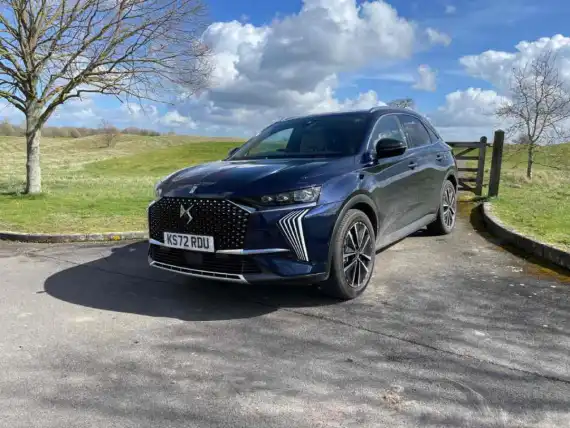
We tested the NX 350h F Sport Premium Plus Pack model costing £53,310 but the optional Takumi Pack added £6k to the price.
This car featured Lexus’ all-new fourth-generation self-charging hybrid system with a new battery pack. It has a 2.5-litre, four-cylinder petrol engine with a hybrid automatic transmission and E-FOUR all-wheel drive.
It boasts 241bhp and is quite sharp out the blocks sprinting from 0-62mph in 7.7 seconds and onto a top speed of 124mph.
It’s a car that is a luxurious motorway cruiser, quickly reaching the 70mph speed limit and effortlessly eating up the miles. But it can also put in a shift when faced with more challenging country lanes. Despite being a traditionally-styled high-sided SUV, it is well balanced through long sweeping bends with bundles of grip and the added reassurance of the all-wheel drive when faced with more adverse driving conditions.
The CVT transmission is far more refined than previous versions and there are drive modes for added fun. These are called Normal, Eco, Sport S and Sport S+ with the latter sharpening up reactions considerably.
Entry into the DS 7 line-up costs £36,760 for the Performance Line car powered by a BlueHDi 130 diesel engine. At the top end of the scale is the DS 7 La Premiere E-TENSE 4x4 360 which will set you back £62,940. Once again, customers can spec out their car to taste with a range of optional extras, including styling packs, various alloy wheel designs, different upholstery and upgraded infotainment systems.
We put the DS 7 Opera E-TENSE 4x4 300 through its paces and it lived up to all the hype. The car was priced at £56,540 and there were no added costs to factor in. In fact, DS likes to pride itself on a ‘no options apart from the paint’ policy so customers don’t get any nasty shocks at the checkout desk.
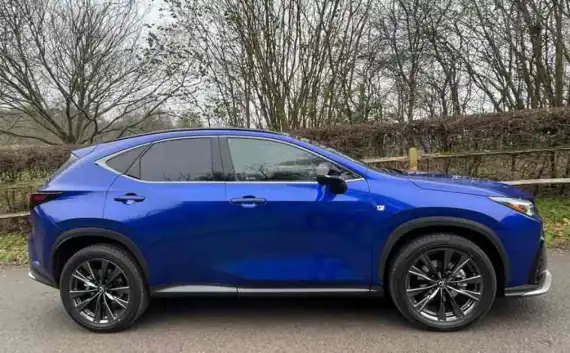
Powering the car was a 1,598cc, four-cylinder petrol engine mated to an eight-speed automatic transmission and a 14.2kWh battery pack. With a combined petrol and electric motor output of 296hp and 520Nm of torque, the DS 7 is no slouch out the blocks.
It can complete the 0-62mph dash in a very respectable 5.9 seconds and maxes out at 146mph. It is more dynamic in its performance than the Lexus and also has drive modes that alter the reactions of the car called Electric, Comfort, Sport and 4WD. There are paddles to add to the driver engagement and the road holding and balance through tight bends also impresses.
However, there is a really annoying feature that needs to be taken into account and it is found across fellow Stellantis cars too. It’s the sat nav. Unless you use your smartphone to access Google maps or the likes you will be subjected to the slowest navigation instructions in history. In all honesty, it’s the first thing I turn off in all their cars these days.
Practicality
The Lexus NX is a five-door family SUV that covers all practicality bases without looking like a box on wheels. It stretches 4,660mm in length, is 1,865mm wide (with mirrors folded) and 1,660mm high on 18-inch wheels or 1,670mm high on 20-inch wheels, which were fitted to our test car.
The NX 350h has a wheelbase of 2,690mm and that translates into a spacious cabin with plenty of room for luggage.
The boot is accessed via a powered tailgate with a kick sensor beneath the rear bumper. This is really handy if you are approaching the car laden down with shopping bags. You simply wave your foot beneath the bumper and the system recognises the key is present so opens the tailgate. The boot can hold 525 litres of kit, increased to 1,436 litres with the 60:40 split-folding rear seats dropped flat.
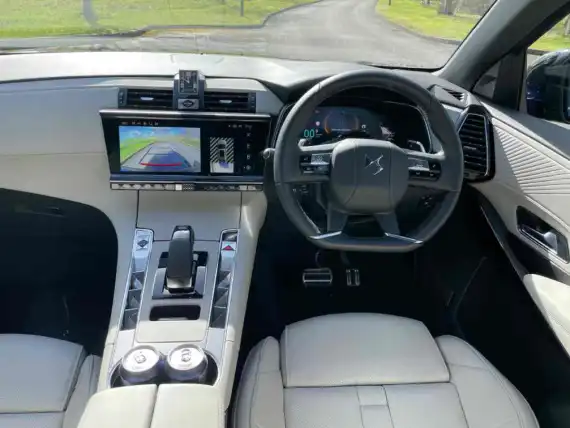
Elsewhere there is a lockable glovebox, a central cubby, wireless charging pad, deep door bins, seat back pockets, plus front and rear cup holders.
With the added assurance of four-wheel drive, this NX has a braked towing capacity of 1.5 tonnes.
By comparison, the DS 7 is 4,493mm in length, 1,906mm across (excluding mirrors), 1,625mm high and has a wheelbase of 2,738mm. That makes the DS 7 slightly shorter, but wider with a similar height.
The cabin is once again spacious with ample room for five to sit comfortably. And the boot, accessed by a powered tailgate, can accommodate 555 litres. Drop the split-folding rear seats and that limit increases to 1,752 litres, which is considerably larger than the space offered in the Lexus NX.
There’s all manner of storage compartments to tuck away bits and pieces inside the cabin and with its 4x4 ability, the DS 7 can tow a trailer weighing up to 1.2 tonnes, which is less than the NX.
If you want to separate these two rivals, you will need to look at what your priorities are. They are so closely matched that maybe the towing limit or boot space may swing the vote one way or the other.
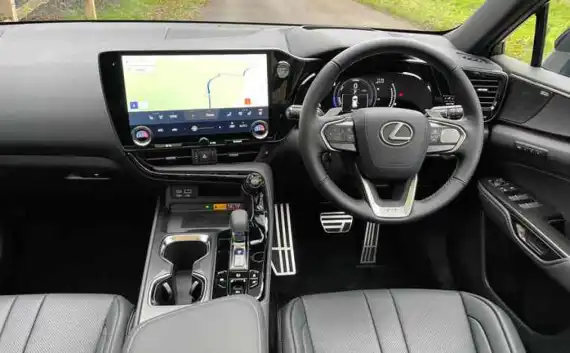
Efficiency
With soaring fuel prices in recent years, the day-to-day running costs of a car have become a more important factor for consumers.
The Lexus NX 350h, as tested in F Sport Premium Plus Pack guise, has a WLTP-tested combined fuel efficiency figure of 44.1-47.9mpg with carbon emissions from 136g/km for the all-wheel drive version. The CO2 on the front-wheel drive cars is slightly lower at 129g/km.
With annual road tax costs based on CO2 figures, the first year fee for the NX on test, would be £255 dropping to the standard cost for hybrids of £170 after 12 months.
As the NX costs in excess of £40k it is subject to a government premium car tax which adds a further £390 to the bill from years two to six.
The DS 7, with its plug-in hybrid technology wins the fuel efficiency race with an officially recognised combined 193.1-249.1mpg. However, we should point out that sort of economy would only be possible if the car’s electric range of 38-42 miles were used regularly and the car’s battery was kept topped up. In reality, expect to see about the same as the Lexus NX.
With its carbon emissions figure of 26-33g/km, owners will face a first year Vehicle Excise Duty charge of £10, increasing to £170 after year one. Once again, like the Lexus, with its price-tag exceeding the £40k cut-off mark, there will be the extra premium car levy for five years.
It’s nigh on impossible to separate these two models when it comes to day-to-day running costs. If plug-in hybrid technology is your priority, then both the DS 7 and NX are available with that option. But we chose the NX self-charging car as it is an area where Lexus has excelled for so many years.
So, which takes your fancy?
The great thing about both the Lexus NX and the DS 7 is the wealth of choice customers are offered. While many caretakers are slimming down their ranges, it's great to see an array of powertrains with differing hybrid options.
Both models are packed to bursting with the very latest technology and owners of either will be wowed by the luxurious cabin design with the finest upholstery and premium fixtures throughout.
The DS 7 boasts the more dynamic driving characteristics, but if you're a long way from home and need to use the navigation system, you will probably choose to remain lost. The instructions come at you at a snail's pace, if not slower.
On the practicality front, each car has its own appeal. The DS 7 offers more storage, while the Lexus NX has a superior towing limit. And the efficiency contest was so closely fought, it's too difficult to separate them.
All in all, these two cars are both worth considering if you are in the market, for a premium-styled family SUV that's big on style, performance and efficiency. It's also nice to move away from mainstream brands.

